3 Tidbits for Building Wealth
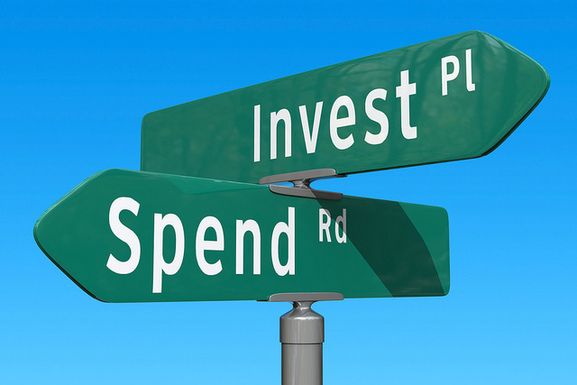
Tidbit #1
Relatively little can yield big results
Investing is about compound interest and staying in it for the long haul. Compound interest is your friend! The average percent of annual return on investments has been around eight percent for the last twenty years. Therefore, investing aka making your money work for you instead of you working for your money, allows you to increase the amount of your money by eight percent without putting in any additional work. For example, if you take some of your discretionary income, let’s say $100, that you may have been planning to spend on a new pair of shoes, coat, suit, purse etc and invested it would grow to $466 in twenty years. You will have earned an additional $366 without putting in anymore money or putting anymore work. Sounds like a pretty good deal. I’d take that and I hope you would too.
The real deal about investing
Many individuals have a common misconception about investing. They believe they can take a sum of money and invest it for a year or so and will receive an eight percent return on their money. That is not the case! Yes, the average annual percent return on investments is eight percent. However, that average is calculated from at least a twenty year period. Year to year the return on investment varies tremendously. For example, in 1997 the annual percent return was over 30%, 1998 it was about 26% and in 1999 it was about 20%. However, there was an annual percent loss of greater than 10% during each of the following three consecutive years (2000 – 2002). In 2002, there was a percent loss of over 20%! If you tried to invest for only one year in 2002 you would have gained nothing and lost over 20% of the money you invested.
The last biggest drop was in 2008 with a percent loss of almost 40%! There haven’t been any annual percent losses since 2008. However, you can see why it’s best to leave your investments for quite a few years instead of trying to invest short term. The return on investment is hard to predict short term and you could end up losing quite a bit of money if you play the short term investment game.
Tidbit #3
Credit cards and debt
There is good debt and bad debt. Good debt is when you borrow money to purchase something that can appreciate in value. For example, when you get a loan to purchase a house there is potential for the house to be worth more when you’re ready to sell it than the price for which you bought it. Bad debt consists of borrowing money to purchase things that lose value over time. For most of us, bad debt is built from using credit cards.
The average American has more than three credit cards. However, having many credit accounts that you won’t use can decrease your credit score especially if you open them within a short period of time. Therefore, when you get to the cash register and the clerk asks if you would like to save 10% by opening a card at their store, say no! Also, don’t use more than fifty percent of your limit on each credit card. If you owe more than this and on more than one credit card, creditors or lenders will believe you are overextended and likely to make late payments. They will not want to take that risk.


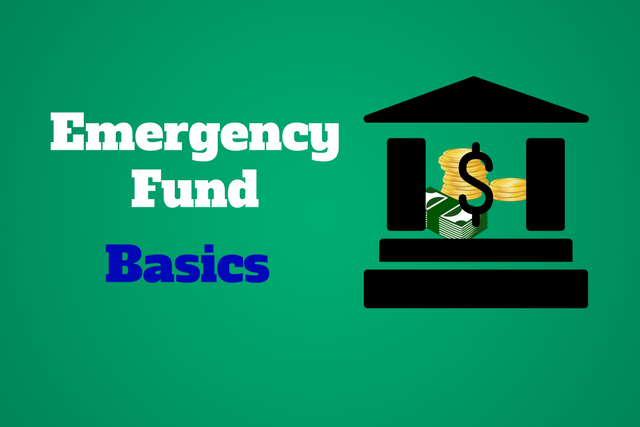
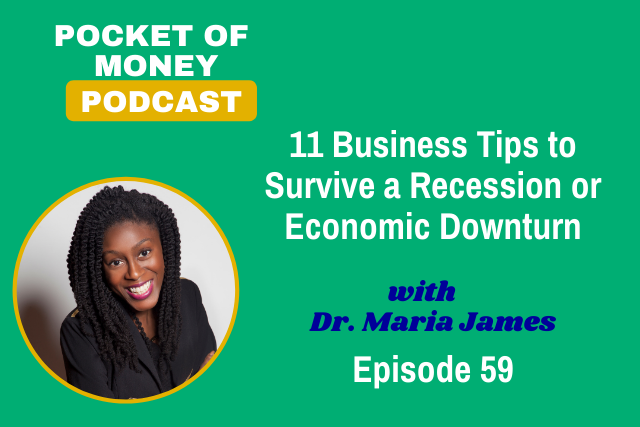
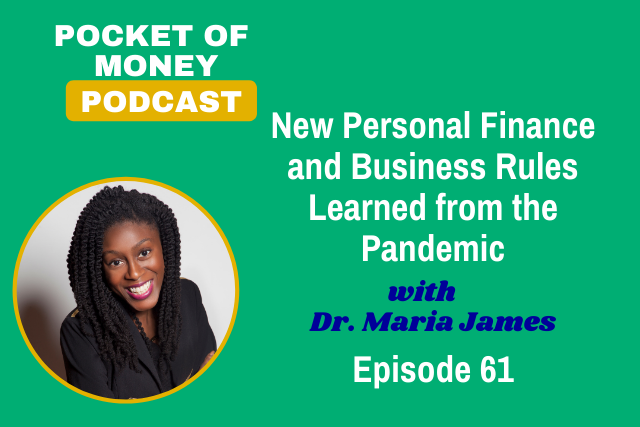
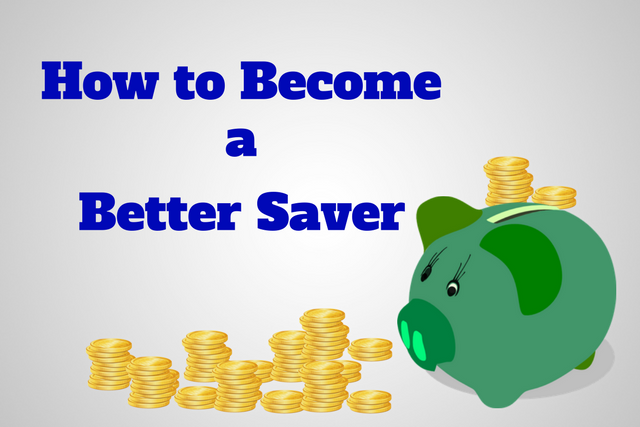

Responses